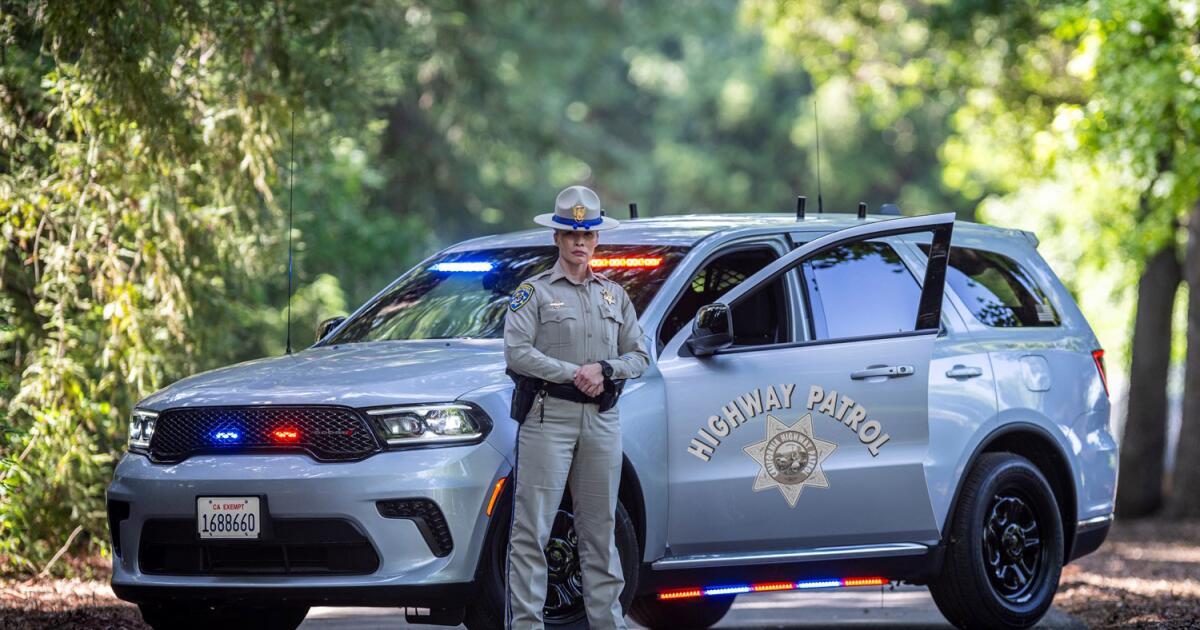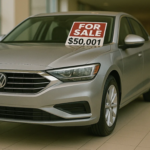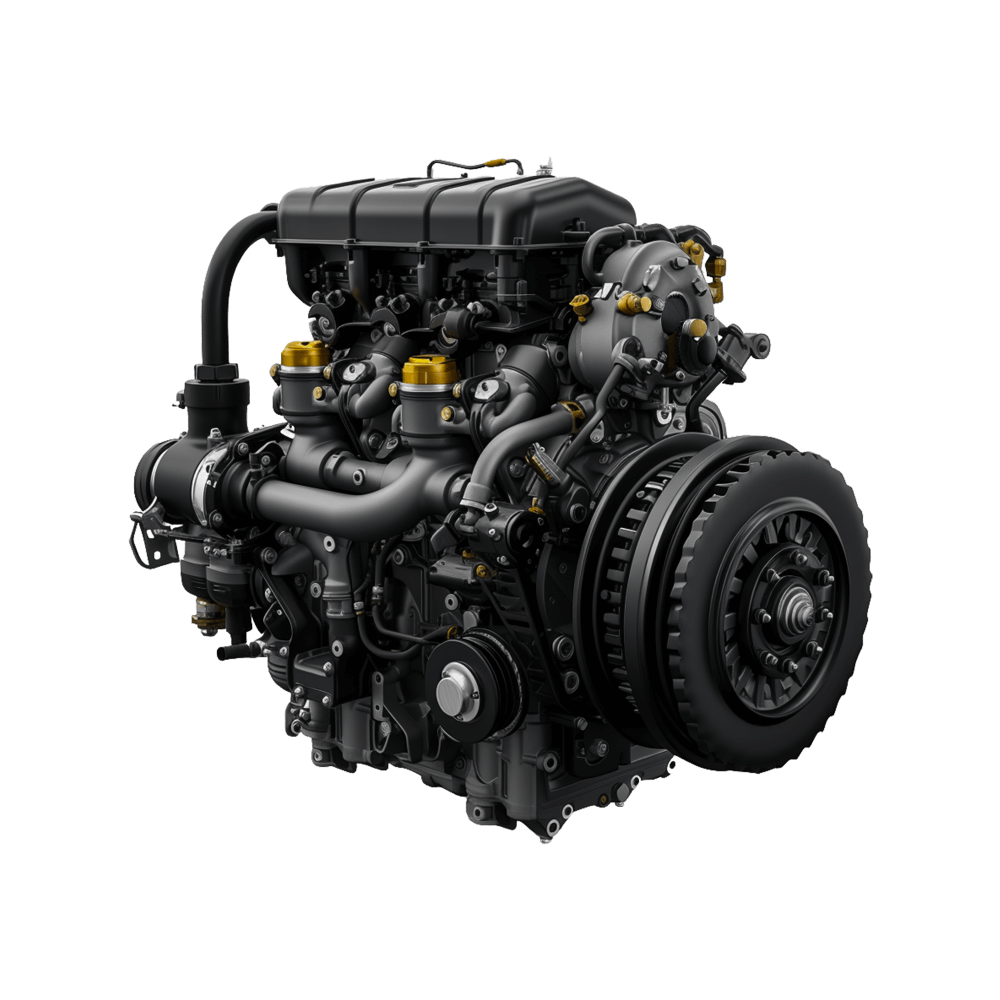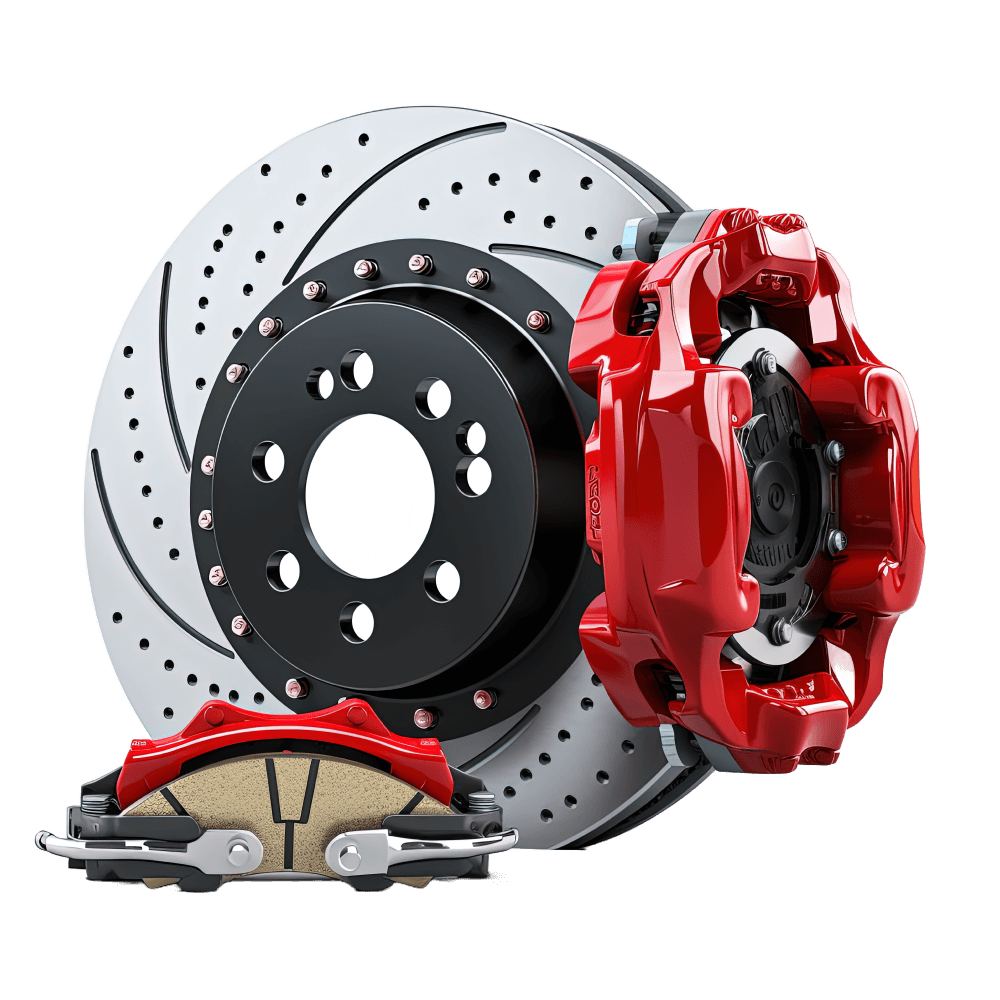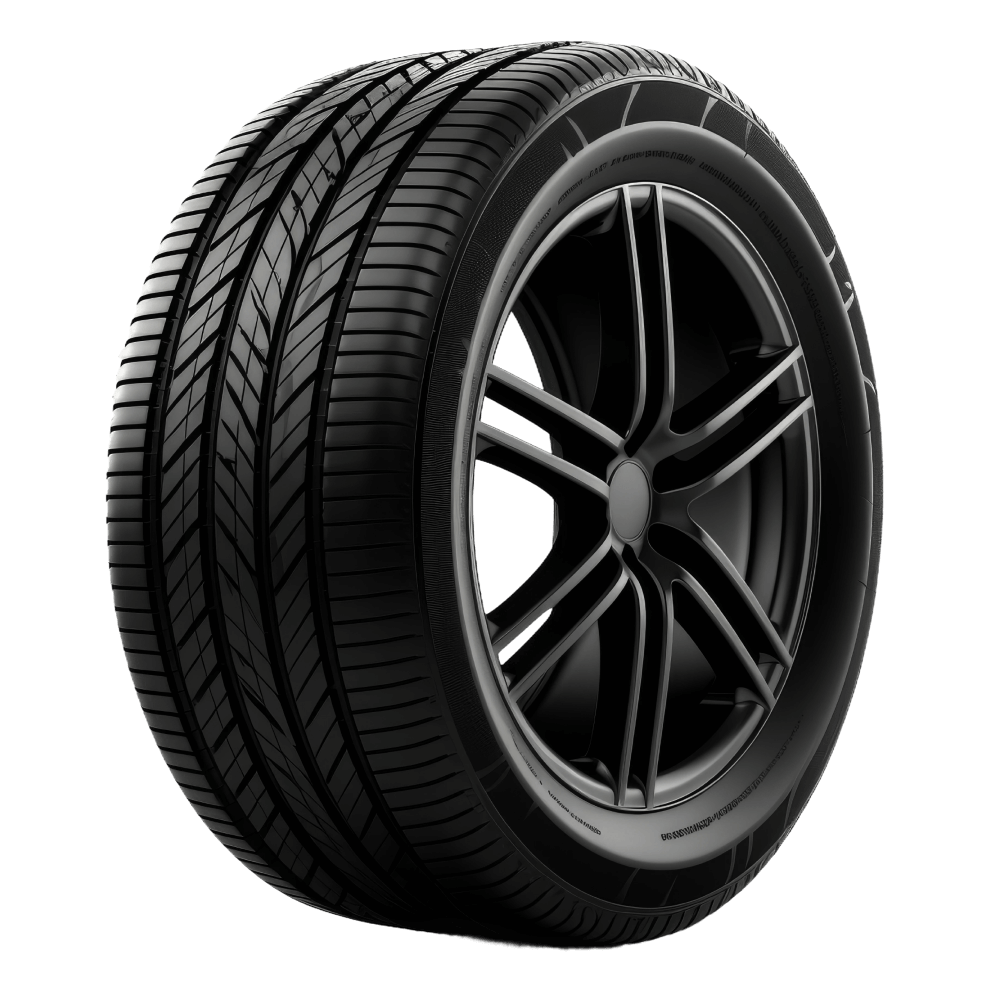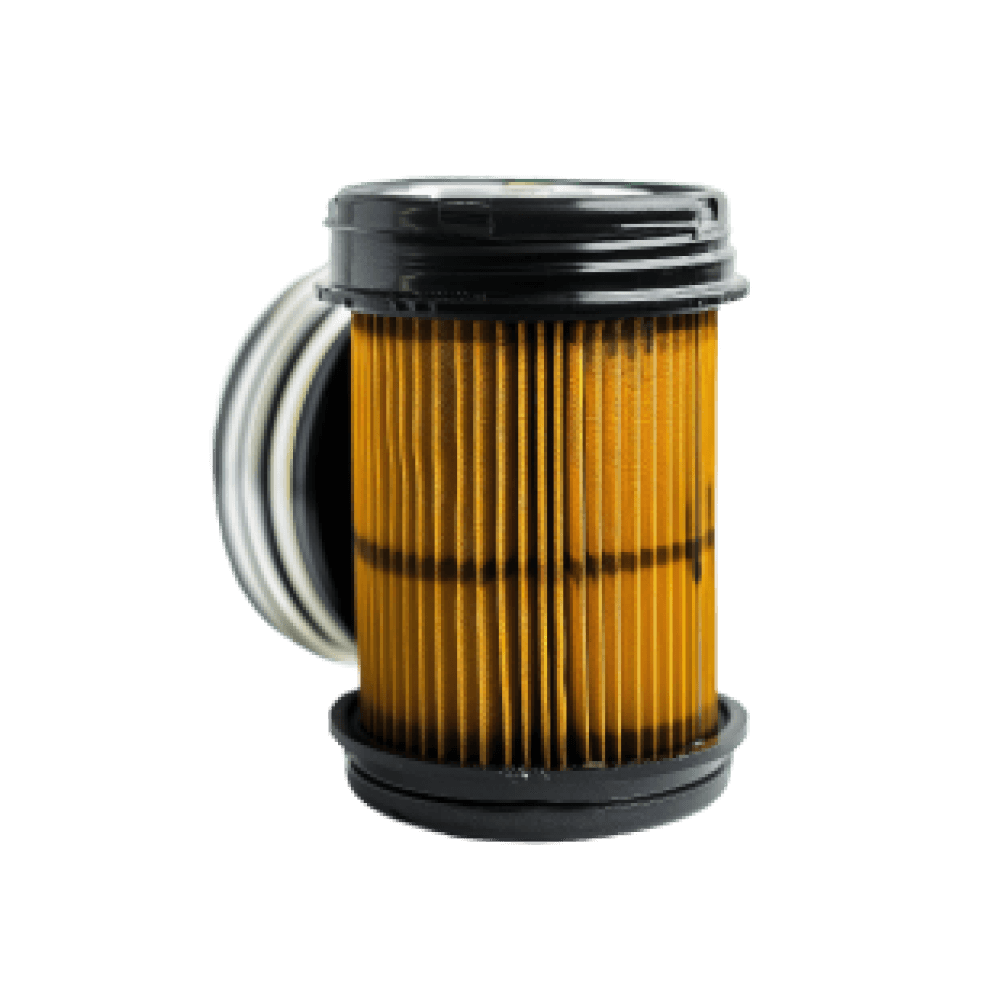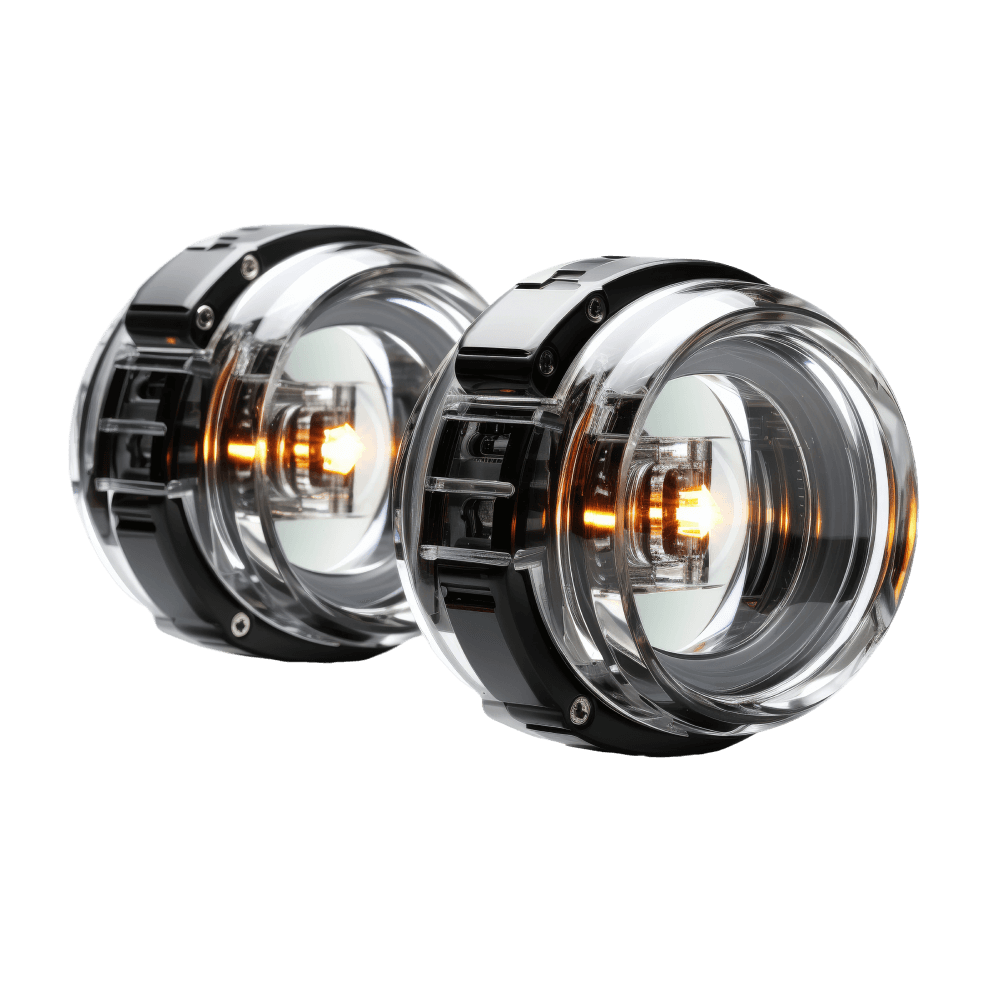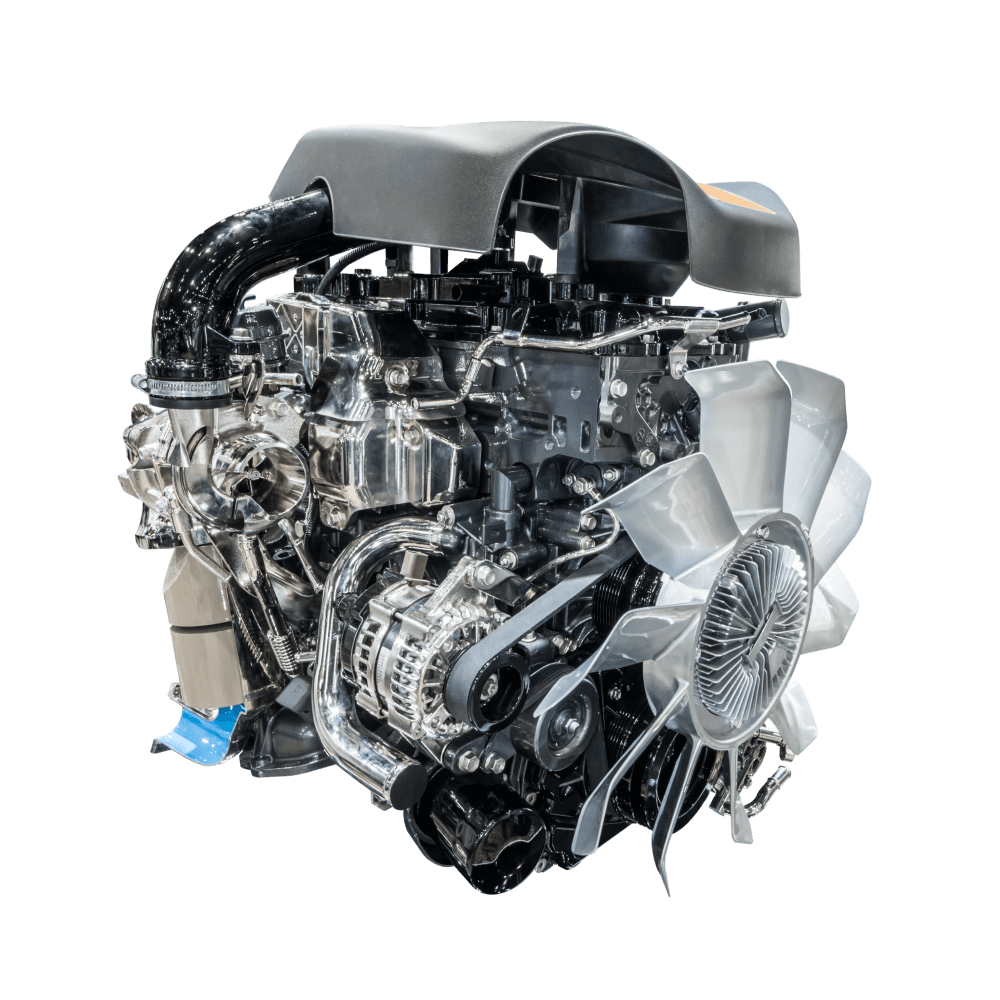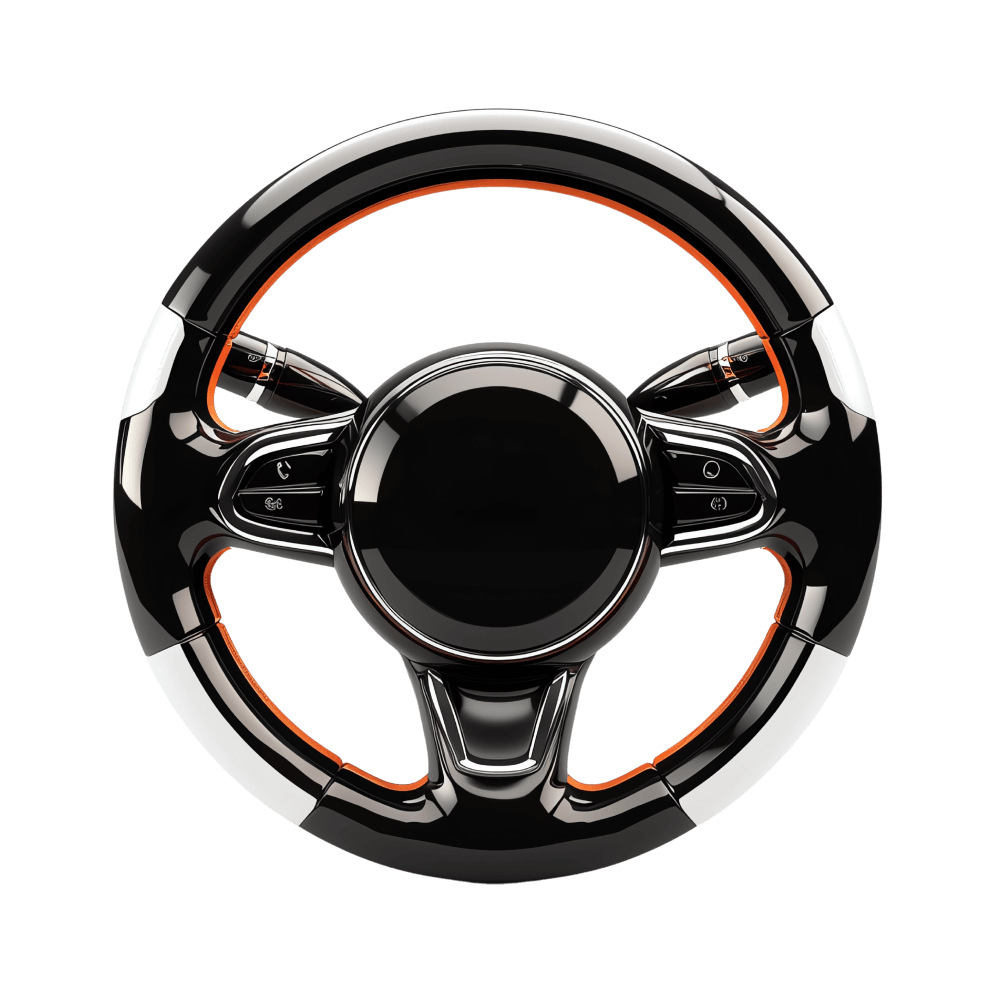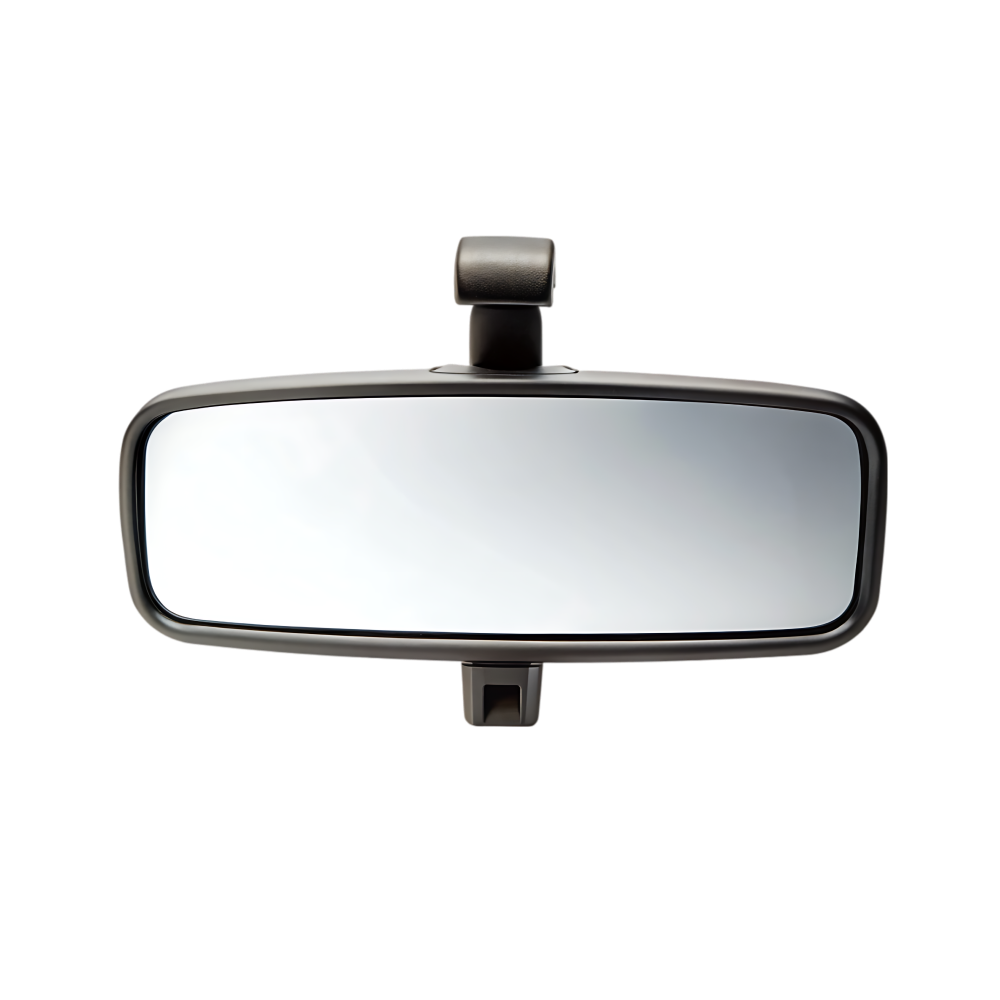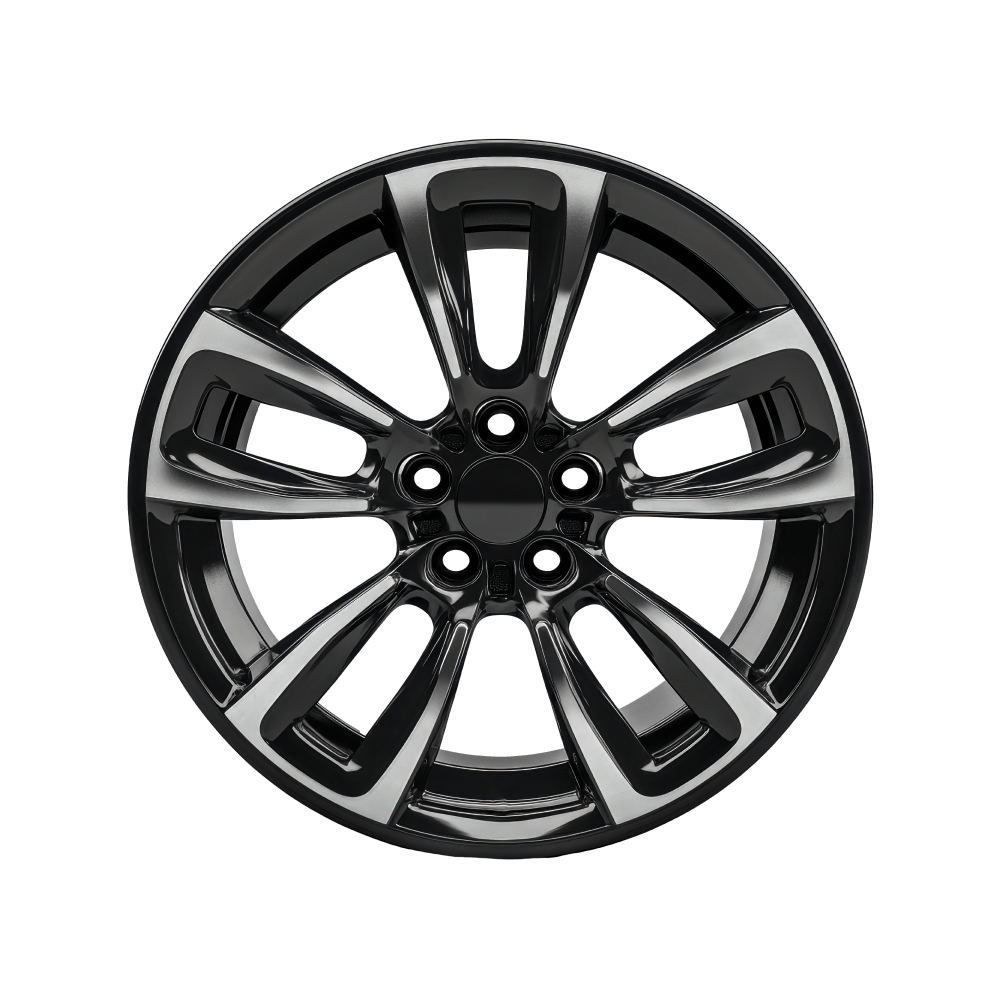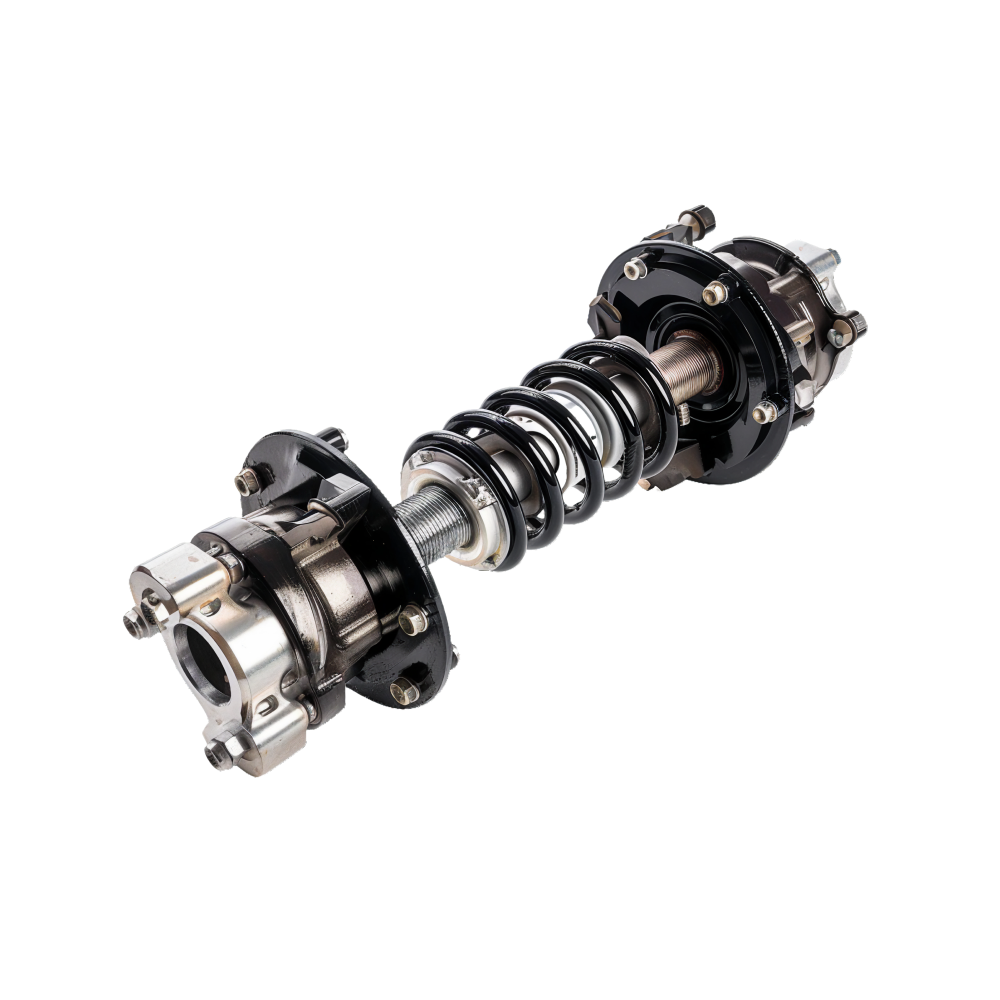They’re coming for you, California. And you aren’t gonna see them coming.
They’re the California Highway Patrol and they’re riding in spiffy new SUVs that don’t look like your daddy’s cop car.
The CHP deployed 100 new Dodge Durangos a little more than three months ago. They’re designed to escape easy detection. Gone is authoritarian black-and-white; replaced by a dreamy, civilian-style color palette. The SUVs also aren’t outfitted like standard patrol cars. There’s no push bumper, no giant antenna and no light bar mounted on the roof.
The highway patrol announced in early May that officers would begin cruising in the specially marked patrol vehicles “to crack down on what can only be described as ‘video game-style’ driving on our highways.” For good reason, more than a third of all traffic fatalities in California are speed-related, according to a 2023 UC Berkeley study.
We all know what the CHP is talking about. These are the drivers who cut in and out of lanes like they’re gunning for the pole position at Laguna Seca. They speed. They seem to delight in riding other people’s bumpers. But the long arm of the law just got stealthier, enabling CHPers to “observe the most reckless and dangerous behaviors without immediate detection.”
It never feels like it, when you’re the one sweating, as the citation pad comes out, but the CHP insists: “Our goal remains the same: reduce injuries, prevent fatalities, and restore a sense of safety on California’s roadways.”
When I rode along with a couple of CHP officers last week, the low-profile approach seemed like a winner. Or a loser, if you are prone to applying mascara while changing lanes or reading text messages while rocketing down the diamond lane.
Since Californians live long chapters of their lives on the road, the CHP’s new tactic hasn’t gone unnoticed. “When I’m in public, it’s one of the number one questions right now,” said Officer Katherine Hendry. “People want to know, how many of these cars do you have? And what colors should I be looking for?”
Answer: Vapor Gray, Destroyer Gray, Triple Nickel, Red Oxide and Night Moves. That is carmaker Dodge-speak. Triple Nickel is another shade of gray. Night Moves is a very deep blue. And Red Oxide, the color Hendry drove, is a plummy red.
In not much more than an hour, Hendry and Officer Luis Quintero filled me in on the sub-rosa SUVs, while our Red Oxide-colored ride sneaked up on half a dozen unsuspecting drivers, all of them doing at least 80 mph.
Most got verbal warnings, but not the 30-something tearing down the 2 Freeway in Eagle Rock toward Interstate 5. Wearing scrubs, the young woman explained that she was late for work, again. She feared she would lose her job. Hendry had to gun the Durango to 103 mph to catch up. At that speed, you don’t get off with a warning.
Hendry and Quintero have heard all the excuses: I needed a bathroom break, bad. I missed my coffee stop. I was only shaving (face fully engulfed in white lather) when traffic slowed. One 20-year-old doing 100-mph-plus in Diamond Bar once told Quintero that he was speeding to be with his lady as she delivered their baby. The officer asked the suspect if he would voluntarily hand over his phone, where Quintero quickly found the suspect’s last text: “Just tell him you’re having a baby.” Holy evaporating alibi!
Genuine contrition seems like a better response. That was the approach taken by Susan, a middle-aged woman caught speeding up the 210 by the SUV I rode in. Susan was a bit teary-eyed as she admitted to speeding. Hendry’s computer check showed no offenses on her record for many years.
Susan conceded she never noticed the rusty Red Oxide SUV until it flashed its emergency lights. Yes, she said, the CHP seems to be onto something.
“You don’t want to be too obvious if you’re them, do you?” said Susan, who declined to give her last name. “I know people probably don’t love it if they’re real speeders. But people are getting away with too much.”
California
We ranked the 25 best and worst freeways in Southern California, based on traffic, accidents and much more. See the worst roads in Los Angeles.
Karen Kungie-Torres writes, “It’s gotta be DogHaus. My son had a religious experience trying the Holiday Aoli burger, and now it’s his go-to order. For me, it’s the Sooo-Cali Dog, which feels a little healthier due to a healthy dose of arugula on top.”
Jocelyn Harrison writes, “H.O.P.E. cafe in Studio City.”
Email us at essentialcalifornia@latimes.com, and your response might appear in the newsletter this week.
Today’s great photo is from Times photographer Christina House at an East Los Angeles event hall where immigrants were reunited with their families after being separated by a border for decades.
Jim Rainey, staff reporter
Hugo Martín, assistant editor, fast break desk
Izzy Nunes, audience intern
Kevinisha Walker, multiplatform editor
Andrew Campa, weekend writer
Karim Doumar, head of newsletters
How can we make this newsletter more useful? Send comments to essentialcalifornia@latimes.com. Check our top stories, topics and the latest articles on latimes.com.
Follow Us
James Rainey has covered multiple presidential elections, the media and the environment, mostly at the Los Angeles Times, which he first joined in 1984. He was part of Times teams that won three Pulitzer Prizes.
California
California
California
California
Nineteen people died in the Eaton Fire, mostly in west Altadena. An LA Times investigation found evacuation warnings were late & only one fire truck was present as flames hit homes. Reporter Rebecca Ellis looked into what happened and why.
Madison McGhee is joined by LA Times Investigative reporter Harriet Ryan to give us an update on Tom Girardi’s recent jail sentencing and the plan for distributing the defrauded money to his victims.
Environmental journalist Jonathan P. Thompson joins Sammy Roth to discuss the future of the Colorado River, the state of America’s public lands, and the myths surrounding the West’s natural resources.
Subscribe for unlimited access
Site Map
Follow Us
MORE FROM THE L.A. TIMES

